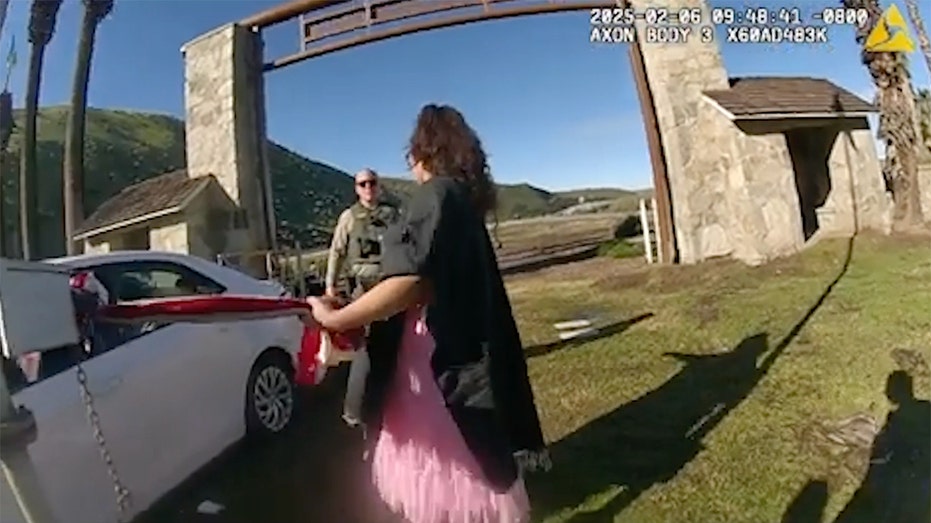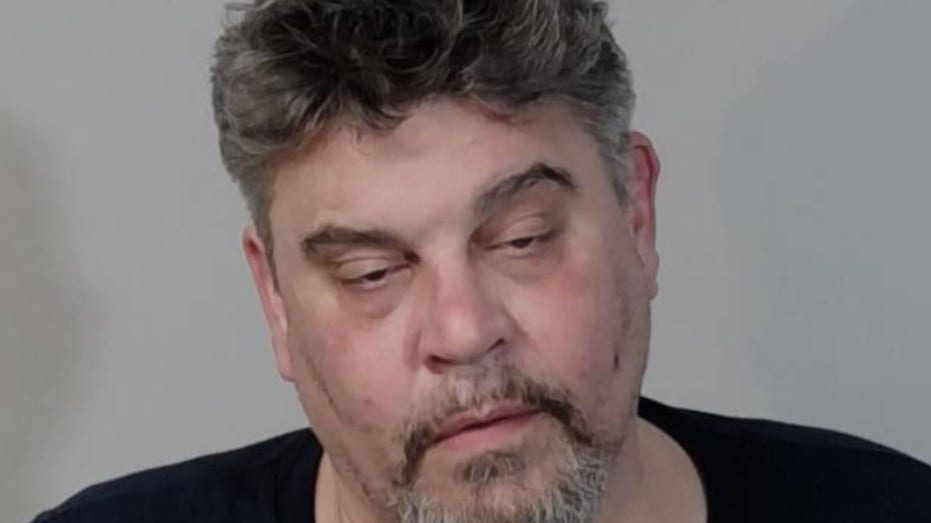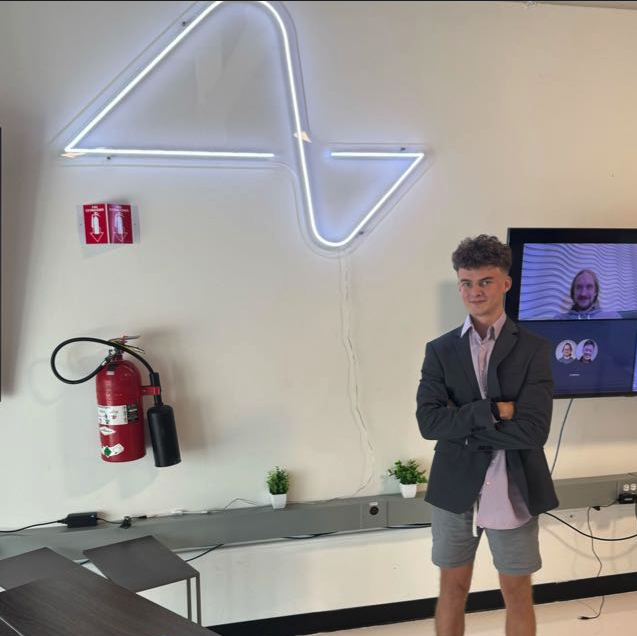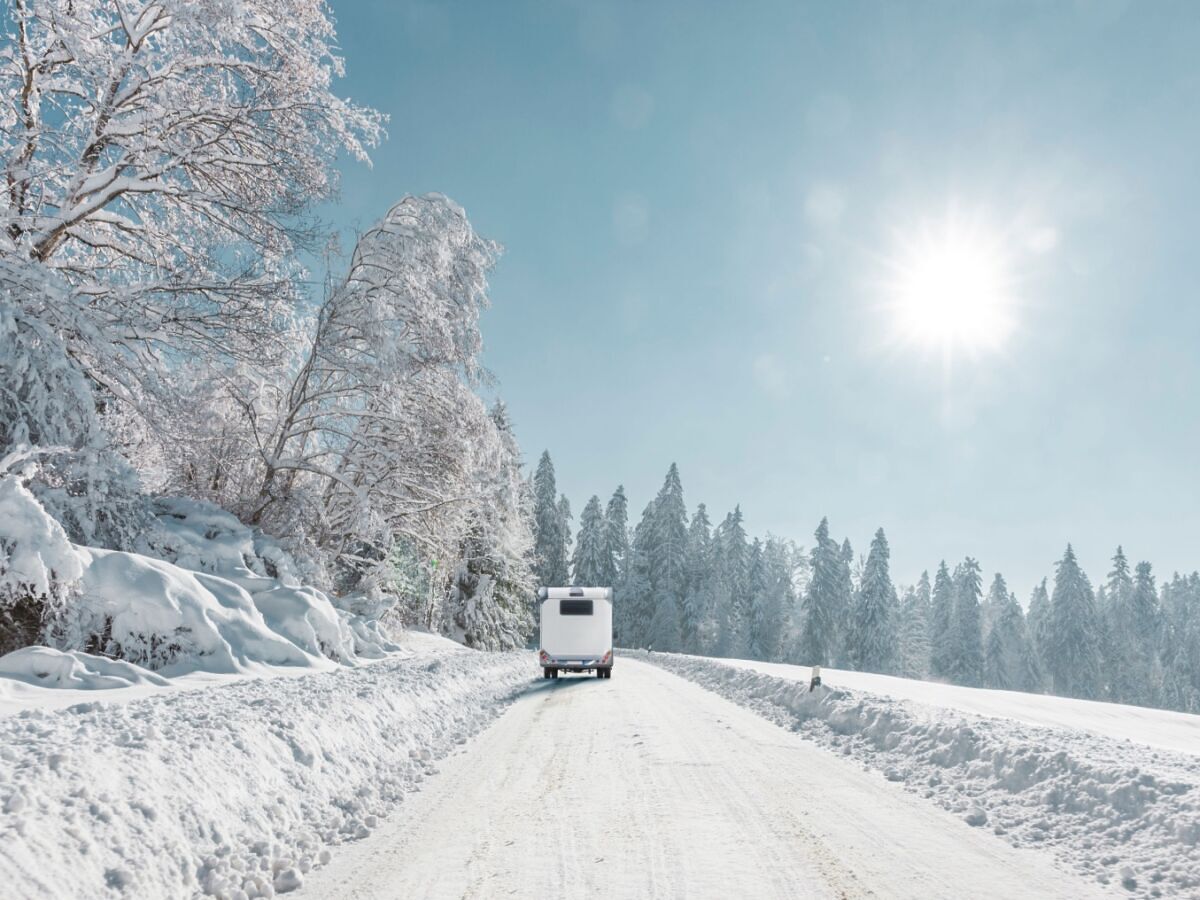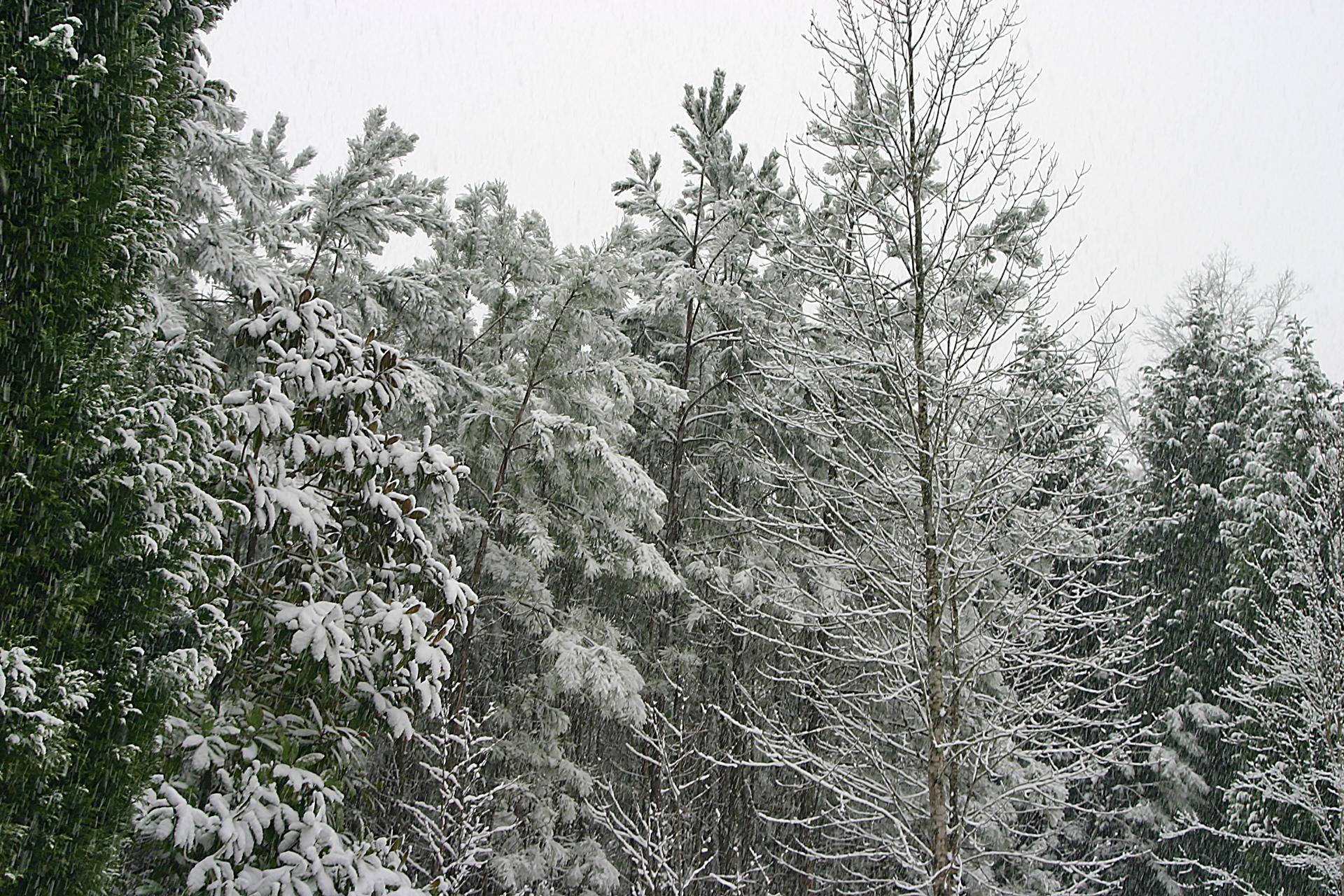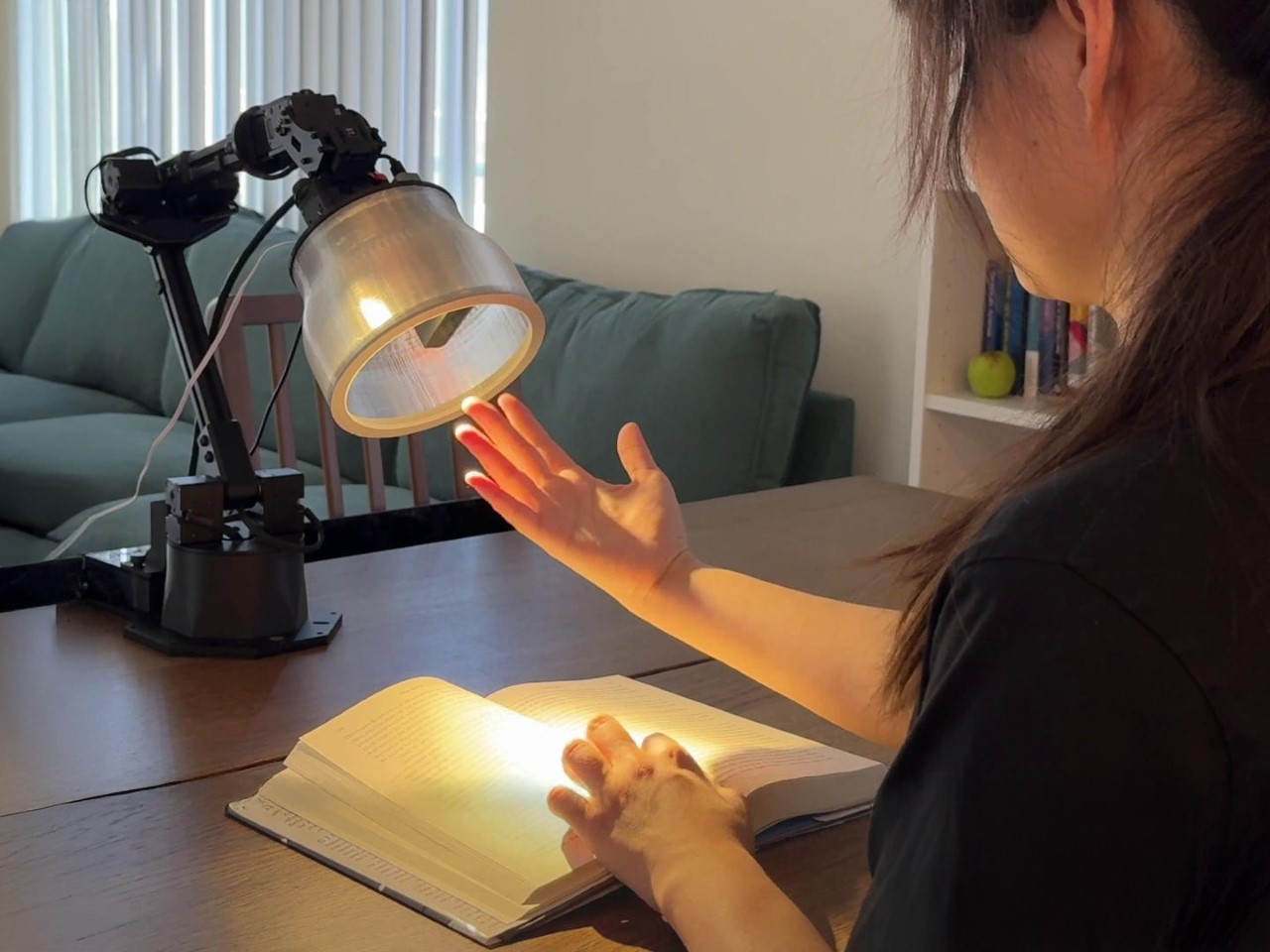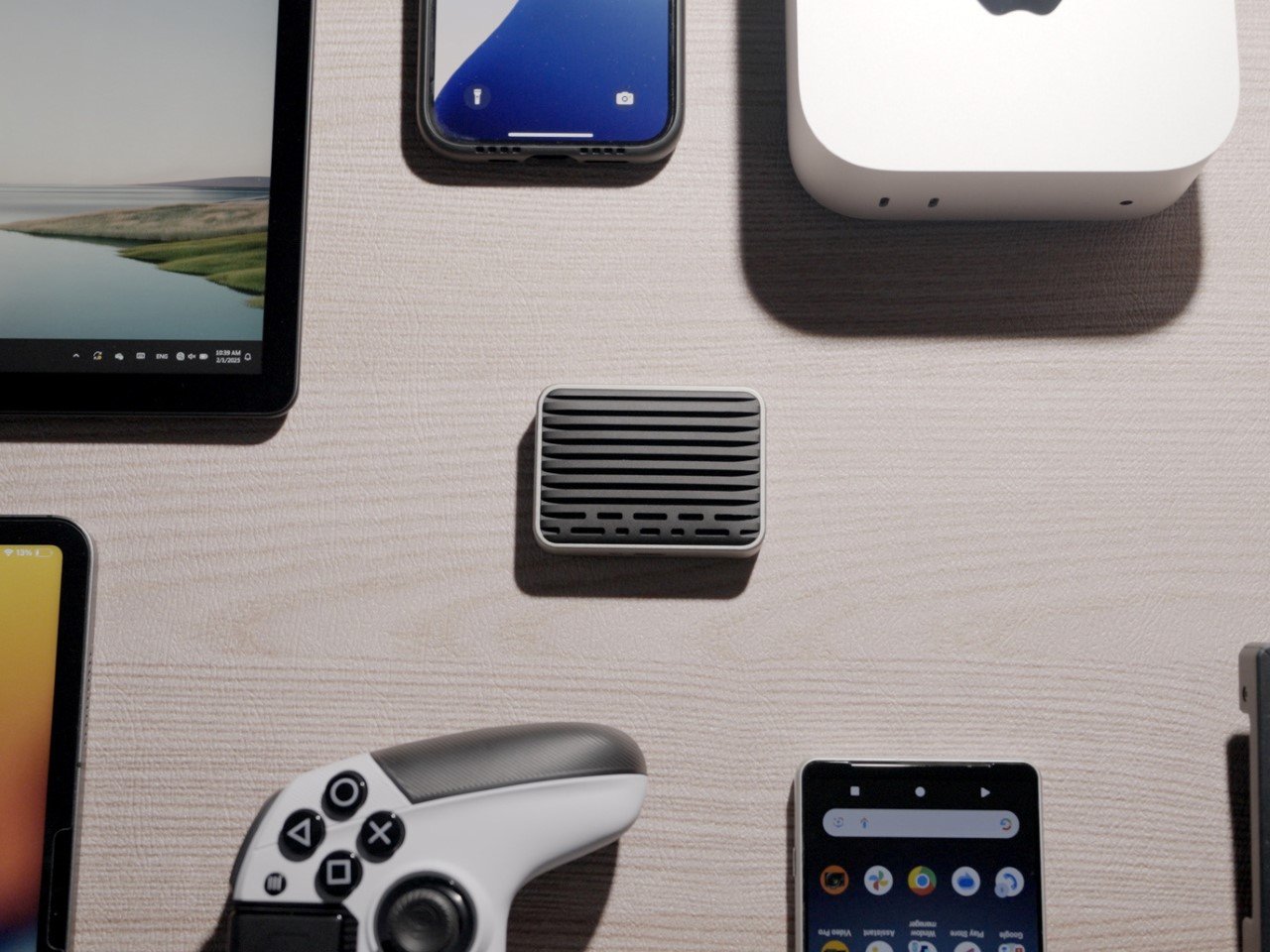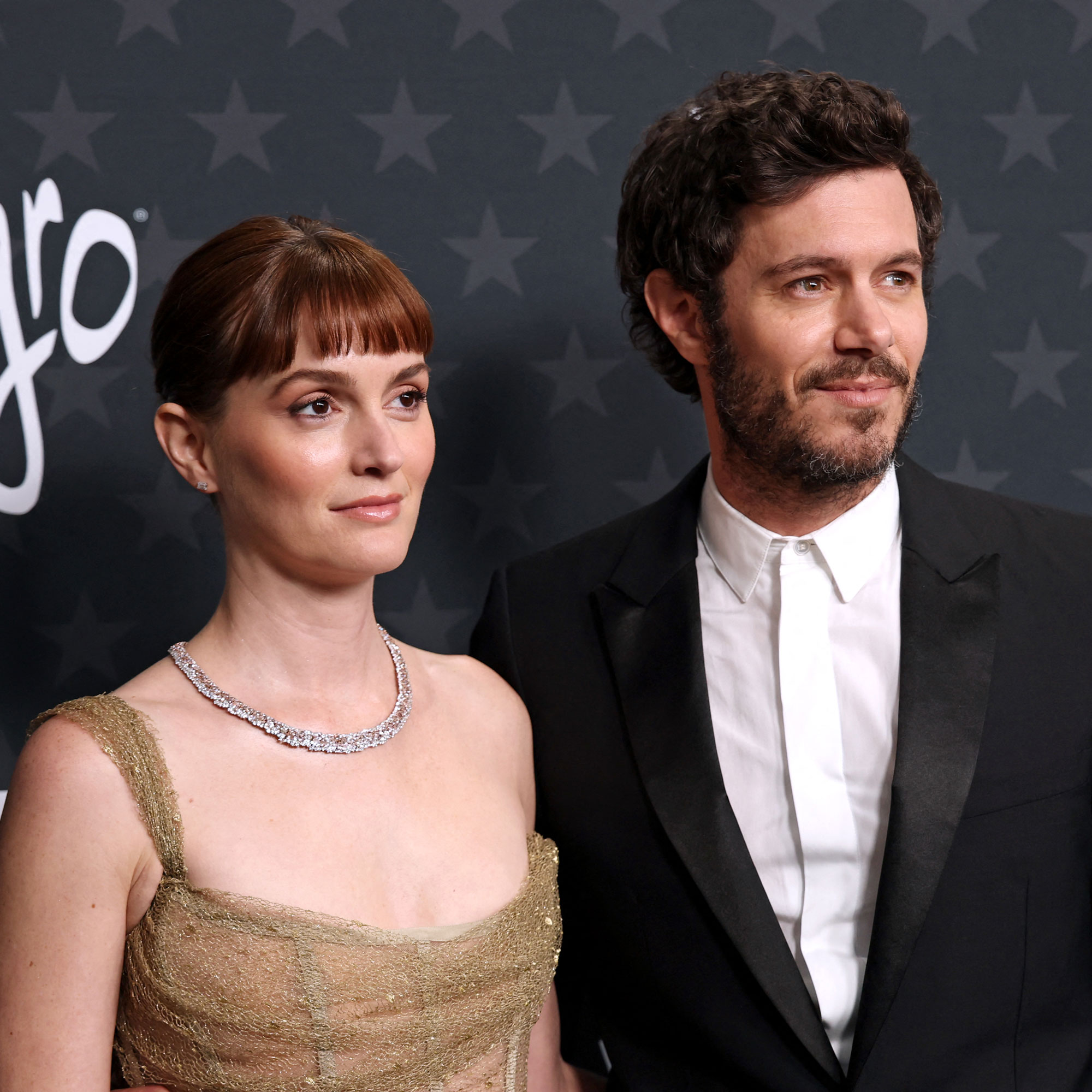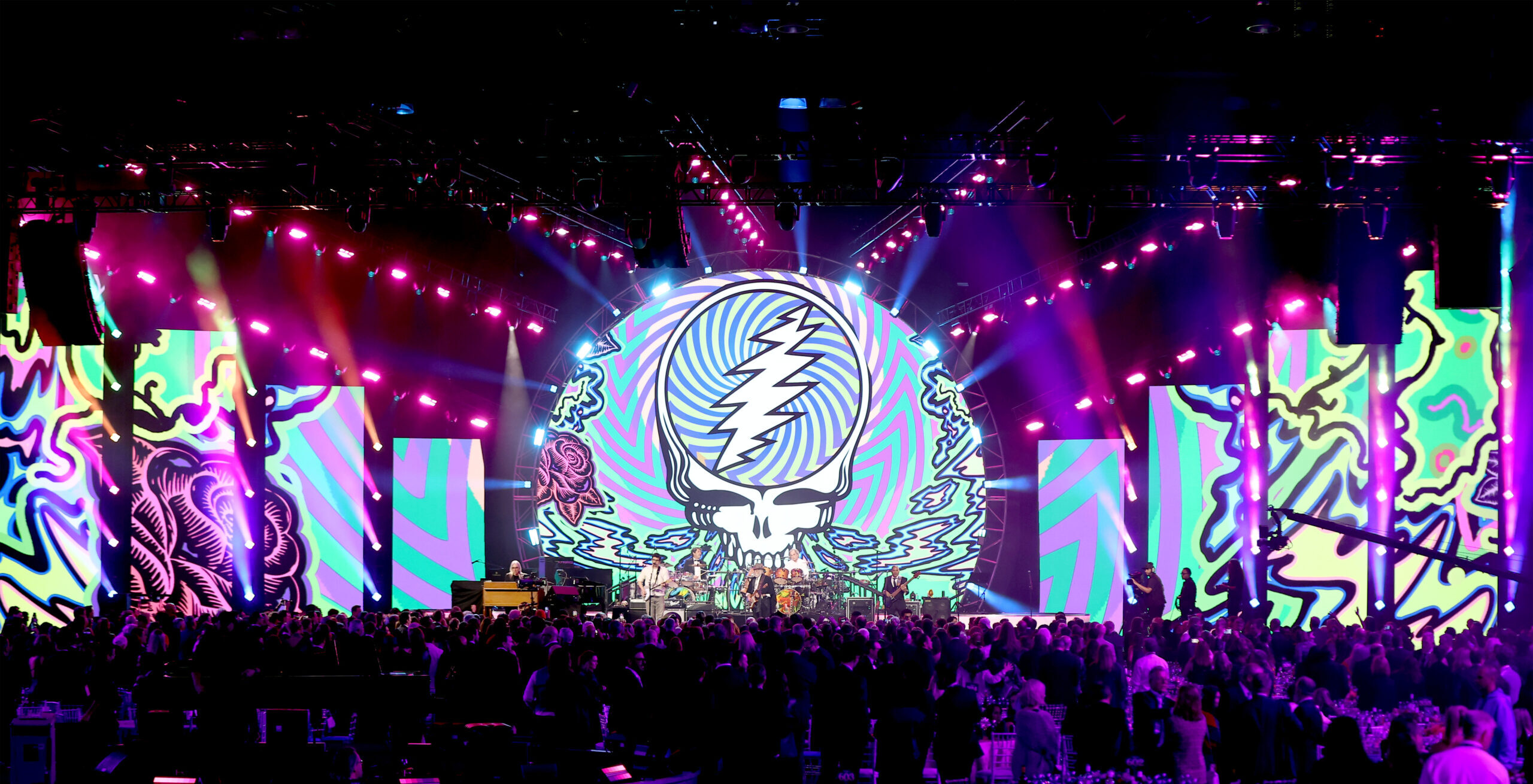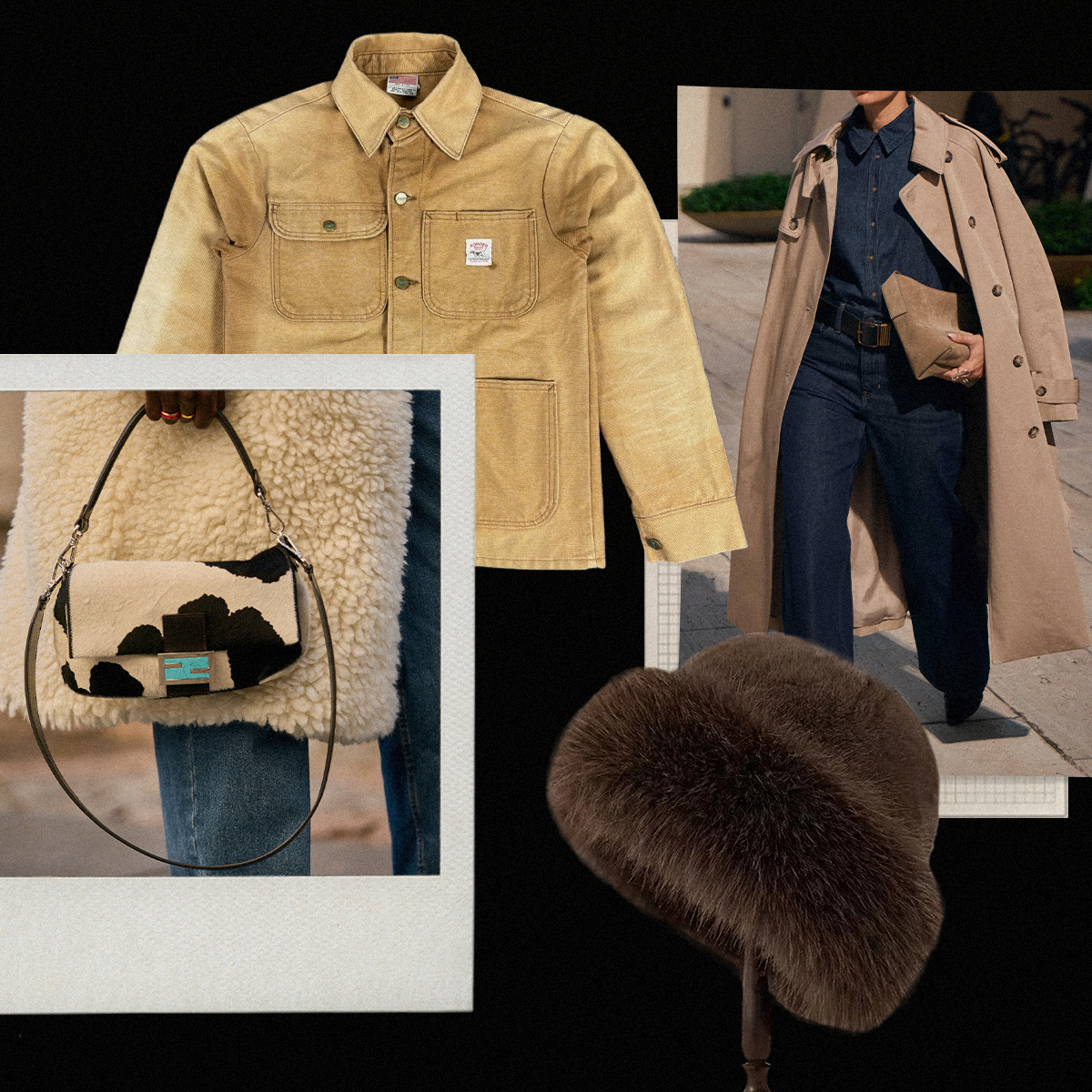Mandy Aftel and the Aftel Archive of Curious Scents
We caught up with the master of scents at her open-to-the-public archive and office Like so many of the creators we profile on COOL HUNTING, Mandy Aftel is unknown to most people, …
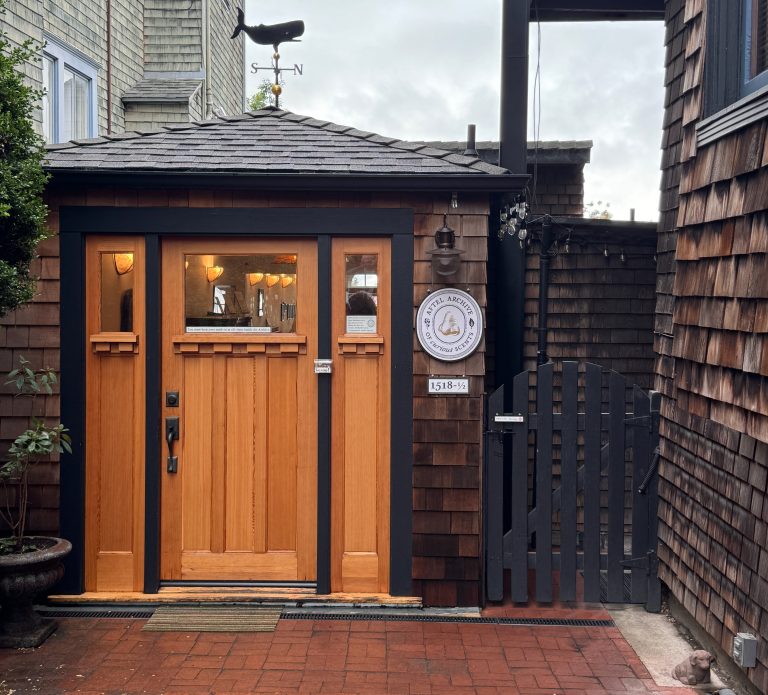
We caught up with the master of scents at her open-to-the-public archive and office
Mandy Aftel and the Aftel Archive of Curious Scents
We caught up with the master of scents at her open-to-the-public archive and office
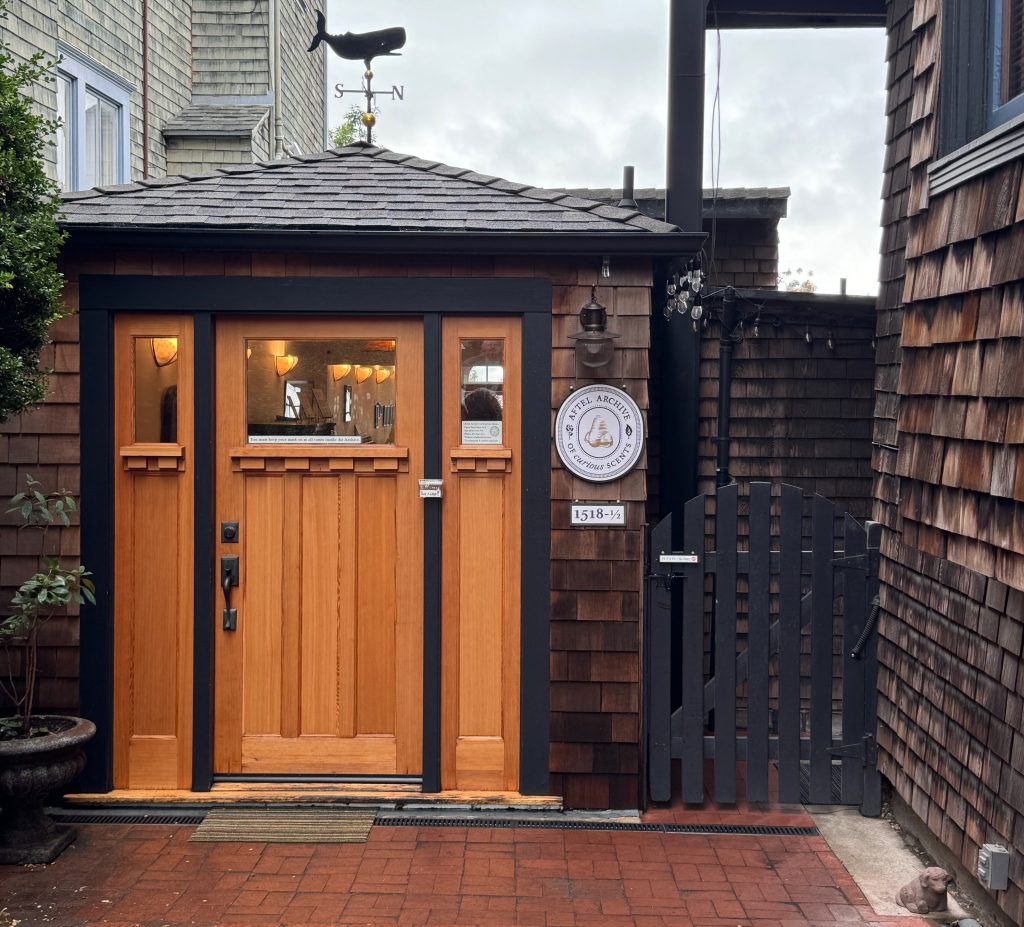
Like so many of the creators we profile on COOL HUNTING, Mandy Aftel is unknown to most people, but if you are in the world of scent and fragrance or an enthusiast she’s among the more accomplished. For over thirty years she’s been creating natural perfumes and fragrances, and sharing her knowledge through her books and teaching. It was definitely time to visit the Aftel Archive of Curious Scents in Berkeley, California. Her passion is palpable, and morsels of her knowledge and mastery get shared when you speak with her. “I love what I do. I love seeing the people out there. I feel like it’s just a missing thing in people’s lives and they have no way to get to it, because perfume is so much about commerce.”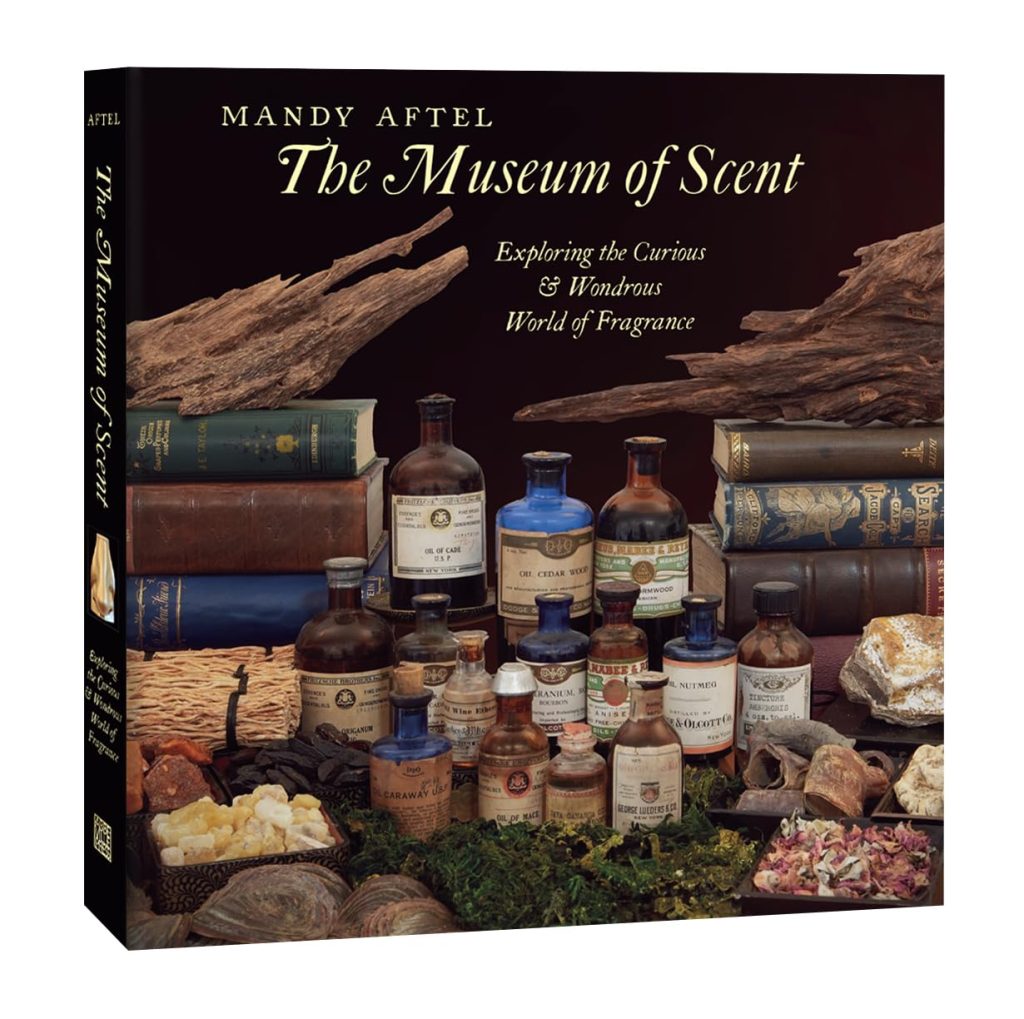
Aftel’s latest book The Museum of Scent: Exploring the Curious & Wondrous World of Fragrance celebrates her authoritative collection of all things scent—books, bottles, oils and ambergris, containers, raw material samples and more. Her desire was to share her archive with enthusiasts, illustrating the various groups of botanical fragrances and plants along with the kinds of artifacts she collects—oils, recipes, books, containers and more.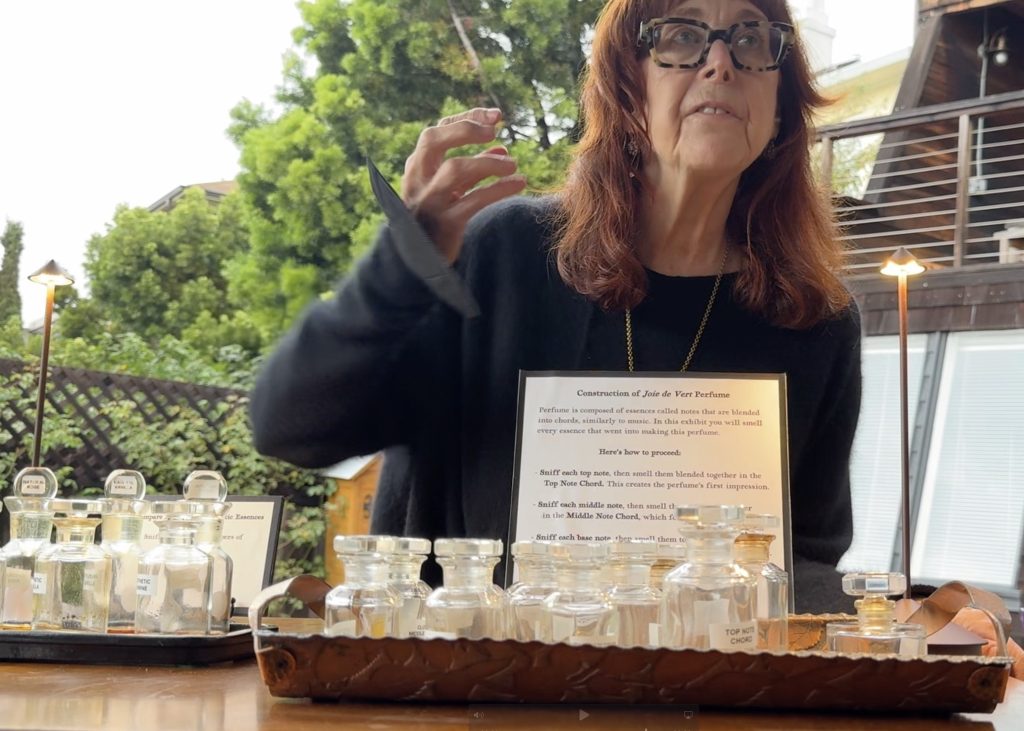
Mandy, we just went through the archive and are now in the exhibit space. What can you tell us about it?
“This first exhibit is my example of a cooking recipe. It’s really just like a cooking demo. All of these are individual ingredients. In perfume these are called top notes, middle notes and base notes depending on how long they last, similar to music. The top notes are what you smell first. The middle notes are the body of perfumes. And then this is the base note, the foundational one that stays on your skin the longest. All of these are in this bottle [she points to the various ingredients]. This is a bass note chord. These are all notes and a middle note chord, top notes and a top note chord. All of these are in the perfume. These are the right proportions. If you poured these together, they’d make the perfume. It’s showing you everything that goes into a perfume, which demonstrates the far reaching, interesting stuff that makes that final smell.”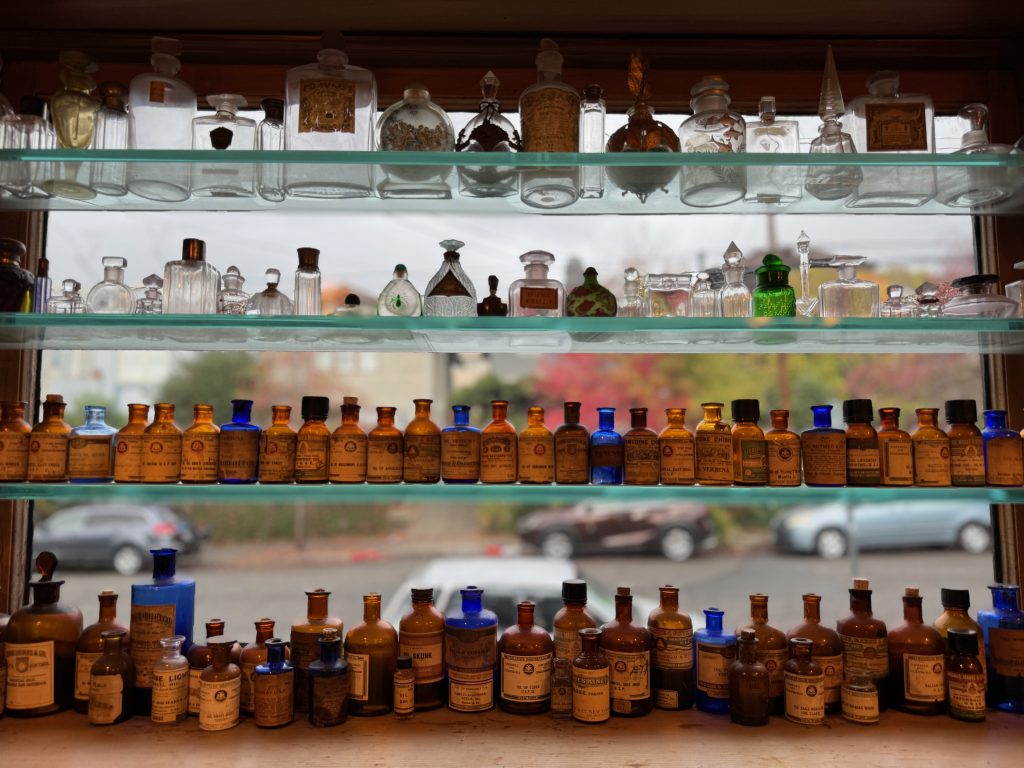
How long has the archive been open?
We’ve been open for maybe eight years and during COVID we put stuff outdoors. People, I’d say, 50, 60, 70% come back with another family member, like many of them had been here before. So I keep acquiring, because really, in the history of the world, scents are the most multicultural artifacts that have ever existed.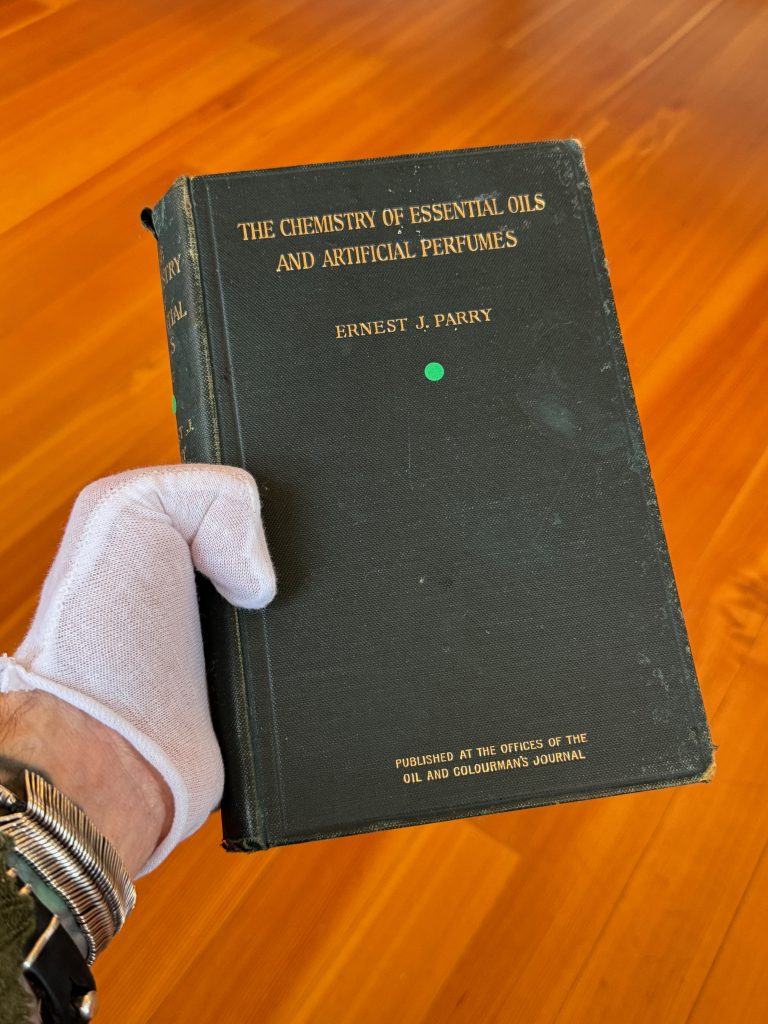
So a book dealer call you and say ‘Hey, I found this… are you interested?’
Oh yeah! I’m a live one (she laughs). If he’s got something, I want to know. I recently got some maps. I couldn’t get them into my book, but they are now part of the cabinet of curiosities.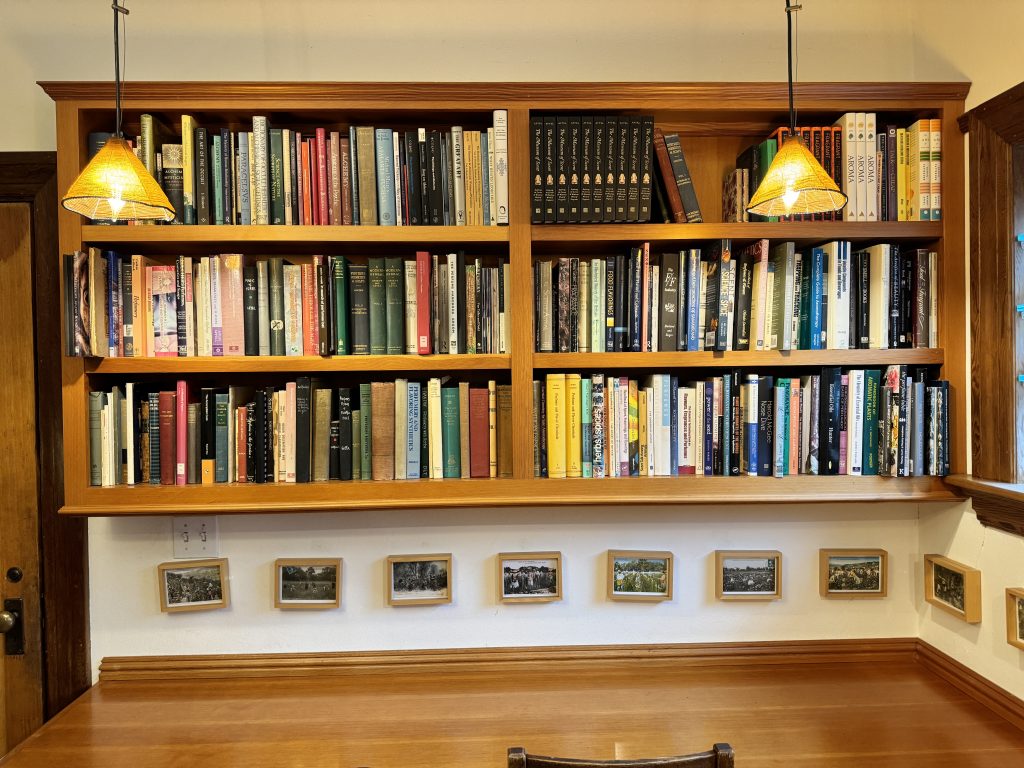
It’s great to see all of your books!
This is my most famous book [Essence and Alchemy]. It’s been published in different languages all over the world. It just got published in French and Vietnamese. It’s getting published in Korean next. When I wrote this book I felt the pieces whirl together in my head, adding alchemy to perfume which had never been there. And then when I made them, you see my father’s bringing this world to life. For people the one that I had sort of found and you overlook, all these artifacts. This was seminal thing for me in this this particular book.
You know, I’ve been teaching for 27 years. A lot of perfumers.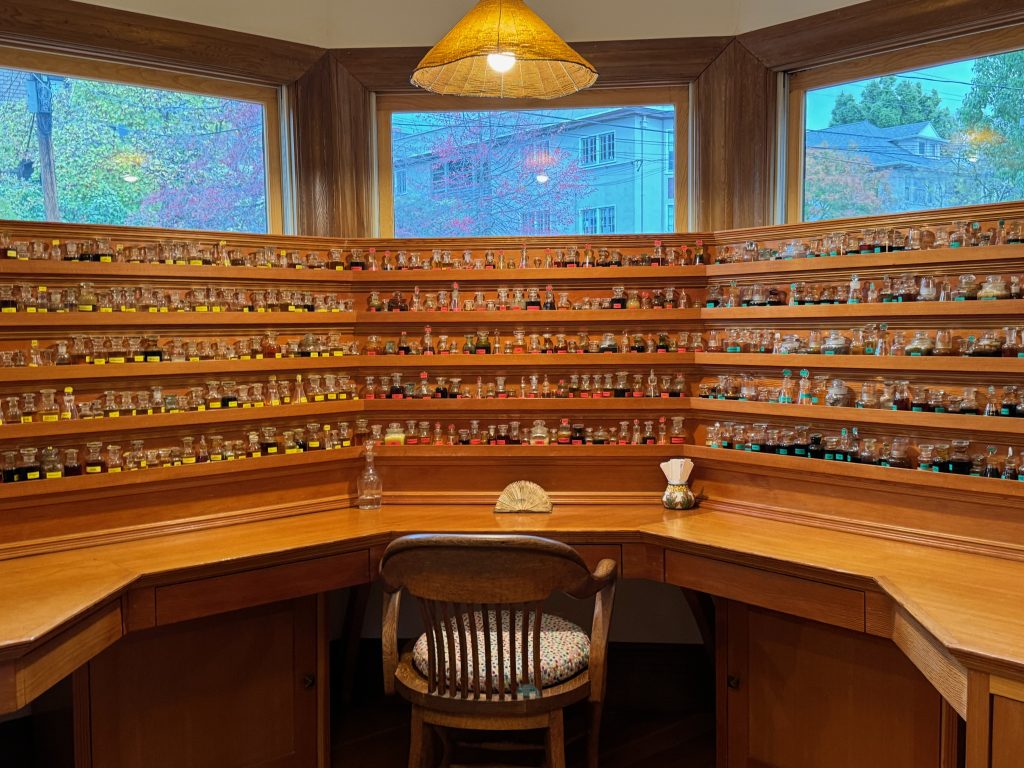
How do you teach scents?
Everyone who studies with me uses with the Slow Scent Natural Perfume workbook, which is tied to these 18 essences; it’s a lot like learning with scales. It’s very basic stuff—like two drops of this, two drops of that. It’s about learning how they work with each other, and building up to making something very simple. Then if you have this workbook, I send an email out to everyone who has it and I tell them that I’m going to be teaching an online class in Zoom. Everyone has their own perfume organ. Mostly I teach how to edit your work, how to understand the blending capacities of different oils, and how to blend your work.
I like everything to be beautiful. I like everyone’s experience to this to be about conscious consuming, to really be in the moment, and to see the beauty. I love these (antique) bottles. I just found them and I bought them—you know, mostly onesies and twosies. I like being around them and they are very stimulating to me. They’re different colors like they are in my book.
